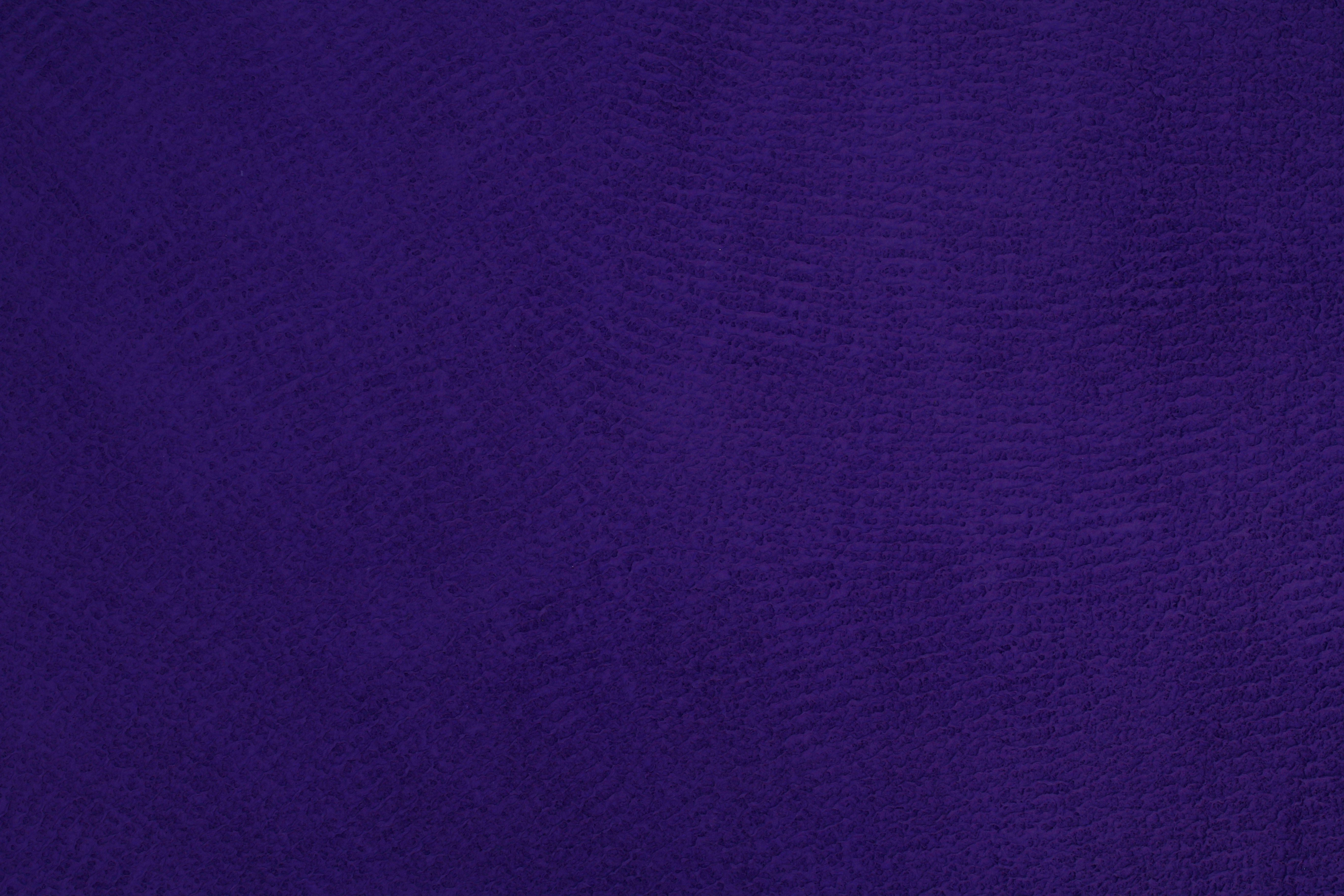Insights into Psoriatic Arthritis: Identifying the Five Distinct Varieties
Psoriatic Arthritis: A Guideline for the 5 Types, Their Symptoms, and Treatments
PsA, a type of arthritis related to psoriasis, might be worth your attention if you're battling the red, scaling skin. Get familiar with the five main types, their indicators, and possible treatments to stay on top of your health game.
PsA: More Than Just Arthritis
PsA differs from regular arthritis and psoriasis, though they share some characteristics. Psoriasis causes a chronic skin condition, while PsA, well, it's all about the joint pain. You could display one or both.
Understanding the Types
To get the right treatment, it's a smart idea to know which PsA type you have. Here's to recognizing them:
- Asymmetric PsAAs the most common (about 60% of cases), asymmetric PsA generally affects joints individually rather than in pairs. This means you might experience joint pain in your right hand but not left. That being said, symptoms won't necessarily stick to one side – your left knee and right foot could ache at the same time. Side note: A 2019 study shows men tend to have asymmetric PsA more frequently.
Common Symptoms Include:
- Fatigue
- Blurred vision
- Swollen fingers or toes
- Pitting or cracked nails
- Swollen, tender, stiff, or painful joints
- Swollen or painful ligaments or tendons
Treatment Options:
- Physical therapy
- Occupational therapy
- Oral corticosteroids (like prednisone)
- Biologic drugs (e.g., adalimumab or etanercept)
- NSAIDs like aspirin or ibuprofen
- Intra-articular joint injections (e.g., hyaluronic acid or cortisone)
- Symmetric PsAWhen PsA symptoms pop up on both sides of your body at the same time, you have symmetric PsA (representing 15 to 61% of cases). It's more common in women.
Common Symptoms Include:
- Symptoms similar to asymmetric PsA
- Affects the smaller joints of feet or hands, usually
Treatment Options:
- Similar treatments to Asymmetric PsA
- Treatment plans may depend on factors like age, weight, mobility, and pain level
- Distal Interphalangeal (DIP) PsAAround 10% of PsA cases involve DIP PsA, targeting the joints near the tips of toes and fingers.
Common Symptoms Include:
- Swollen fingers or toes
- Ligament or tendon pain
- Reduced range of motion
- Joint stiffness in your fingers or toes
- Nail problems like pitting, crumbling, white spots, discoloration, cracking, detachment
Treatment Options:
- NSAIDs for mild inflammation and comfort
- Corticosteroid injections for severe cases
- TNF inhibitors for significant inflammation
- DIY Treatments: Cold therapy, nail care, soaking, keeping dry, and practicing moisturization.
- Spondylitis PsASpondylitis PsA (aka axial arthritis) is also on the menu, affecting 7 to 32% of PsA peeps. This type typically targets the joints between vertebrae in the spine.
Common Symptoms Include:
- Pain, stiffness, and swelling in neck, back, feet, hips, arms, legs, and hands
Treatment Options:
- NSAIDs
- Physical therapy
- Occupational therapy
- Immunosuppressants
- Sulfasalazine (Azulfidine)
- Biologic medications (TNF inhibitors)
- DMARDs
- Psoriatic Arthritis MutilansPsA mutilans (only affecting about 5% of PsA folks) is a severe form of PsA, usually causing intense pain – commonly affecting hands, feet, or wrists.
Common Symptoms Include:
- Extreme inflammation causes joint damage
- Possible loss of range of movement, debilitating deformities to affected joints
- Pain that radiates to other areas of the body
Treatment Options:
- Anti-TNF inhibitors
- DMARDs
- Biologic medications
Key Takeaways
PsA is a type of arthritis that can affect up to 30% of people living with psoriasis, and it's not a one-size-fits-all condition. By understanding the differences, you'll be better equipped to manage your unique symptoms. So don't forget to stay in touch with your healthcare provider to craft an effective treatment tailored to you. And remember, quitting smoking cigarettes may alleviate some PsA symptoms, but it won't cure the disease.
- In addition to being a chronic skin condition, psoriasis can lead to Psoriatic Arthritis (PsA), a type of arthritis that might cause joint pain.
- Understanding the various types of PsA, such as Asymmetric, Spondylitis, DIP, and PsA Mutilans, can help in choosing appropriate medical-conditions treatments for chronic-diseases associated with skin-conditions like PsA.
- Health-and-wellness professionals may recommend treatments like physical therapy, occupational therapy, and oral corticosteroids for PsA, while biologic drugs and NSAIDs could be used for specific types of PsA.
- Mental-health issues such as depression and anxiety are common in people dealing with chronic-diseases like PsA, and neurological-disorders may also be a concern for individuals diagnosed with PsA.
- Skin-care practices, including cold therapy, nail care, soaking, keeping dry, and moisturizing, can provide relief for certain PsA symptoms, in addition to the treatments prescribed by medical professionals.






